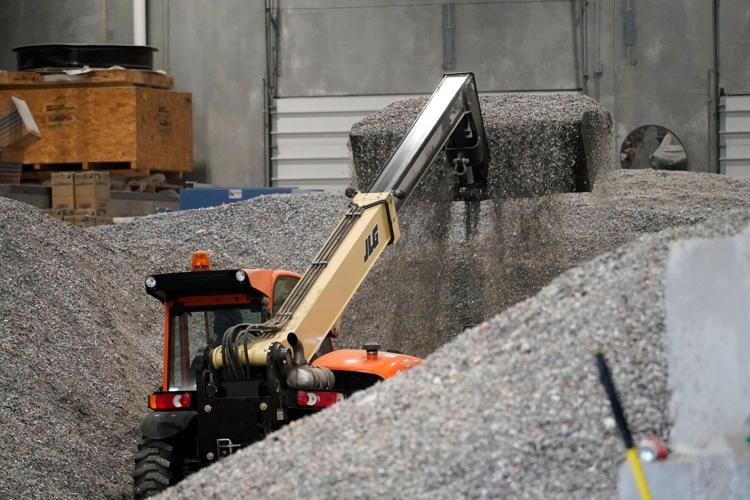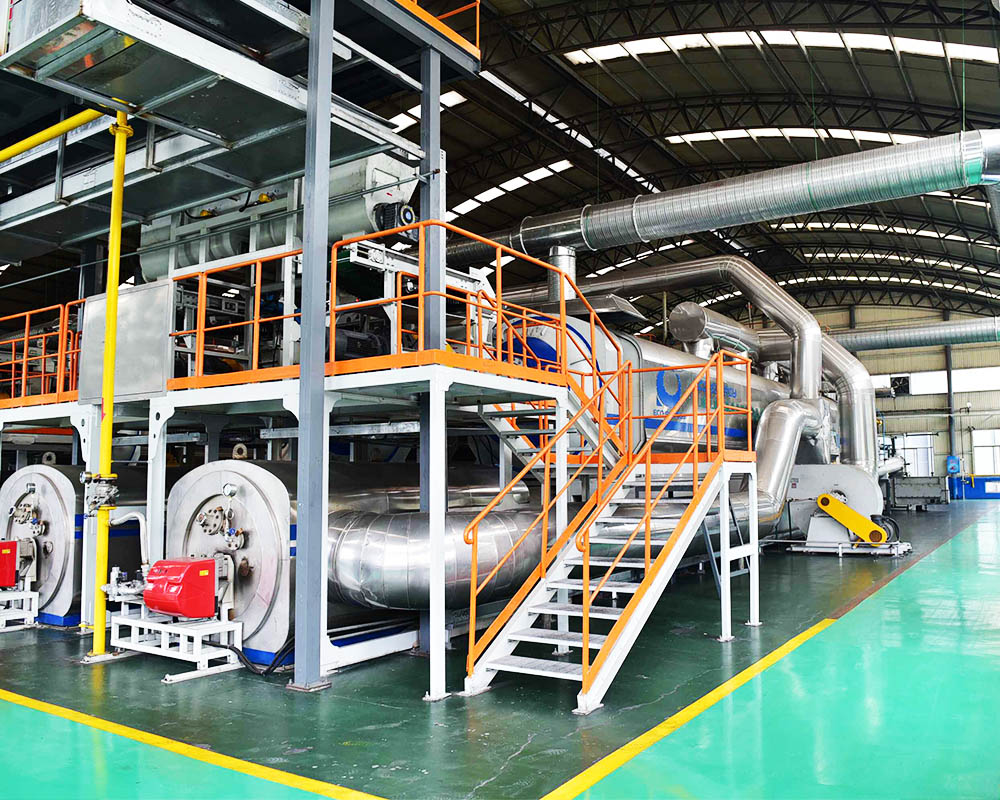On how to solve the plastic pollution problem, Ignacio Gavilan, director of sustainability at The Consumer Goods Forum (CGF), says advanced recycling may not be the perfect solution to plastic pollution, but in some cases, it’s the best answer we have.
It is urgent to change the relationship between human life and plastics.
Since the 1950s, 8.3 billion tons of plastic have been produced worldwide, about 60 percent of which end up in landfills or the natural environment. Plastics play an important role in the packaging of foods, beverages and other products. But to protect people and the planet, there is an urgent need for plastic reform while meeting the needs of a growing global population.
At first, the focus of reform must be on reducing human dependence on plastic. We need to find more sustainable alternatives, improve packaging design, limit the use of problematic materials, and remove redundant packaging. Yet plastic is still an important material, so improving and expanding plastic recycling is critical.
The problem is that physical recycling with current technology, such as through crushing and remelting, does not work for all plastics and there are limitations in producing recycled plastics suitable for food contact. In some cases, advanced recycling is the best answer we have.

What is the advantage of advanced recycling?
Unlike physical recycling, advanced recycling changes the molecular structure of the plastic and converts it into valuable secondary raw materials. These can be used to produce new chemicals and plastics.
Advanced recycling transforms hard-to-recycle plastics into feedstock for the production of new plastics, including post-consumer flexible plastic packaging materials and other mixed, degraded or contaminated polyethylene and polypropylene plastic waste. The science suggests that advanced recycling is a better option than incineration. CGF has released a chemical recycling life cycle assessment report that examines the environmental impacts of pyrolysis (the most mature advanced recycling technology) over a fixed time horizon.
Independent reviews by experts from the United Nations Environment Programme, research institutions and the private sector have shown that in Europe, advanced recycling of hard-to-recycle plastic waste in recycling systems produces 43% lower greenhouse gas emissions than conventional plastics incinerated using energy recovery methods. This process not only converts waste into useful materials, but also effectively reduces carbon emissions to meet relevant regulations and standards.

Pyrolysis technology achieves ultimate plastic treatment
Industrial continuous pyrolysis technology and equipment can achieve harmless, resourceful and reduced treatment for organic hazardous waste such as waste plastics, waste rubber and municipal waste. The whole pyrolysis process is completed in the closed pipe, avoiding the problem of dust and VOCs leakage. The waste plastic disposal equipment has low heat supply temperature and high heat transfer efficiency. The amount of gas produced is uniform and stable, which can be used as fuel for material pyrolysis.
At the same time, At the same time, the energy consumption of flue gas waste heat recycling technology is low, which can realize the secondary use of energy, reduce carbon emissions, energy saving and emission reduction effect is remarkable. The treatment of waste tires through pyrolysis technology can reduce carbon dioxide emissions by 1.1 tons per ton (source: China Recycling Economy Association, “Recycling Economy Helps Carbon Reach Peak Research Report”). Source: Article published in Science of The Total Environment by researchers at the University of Manchester)
Email: sales@niutech.com Tel:86 531 86196301

No comment